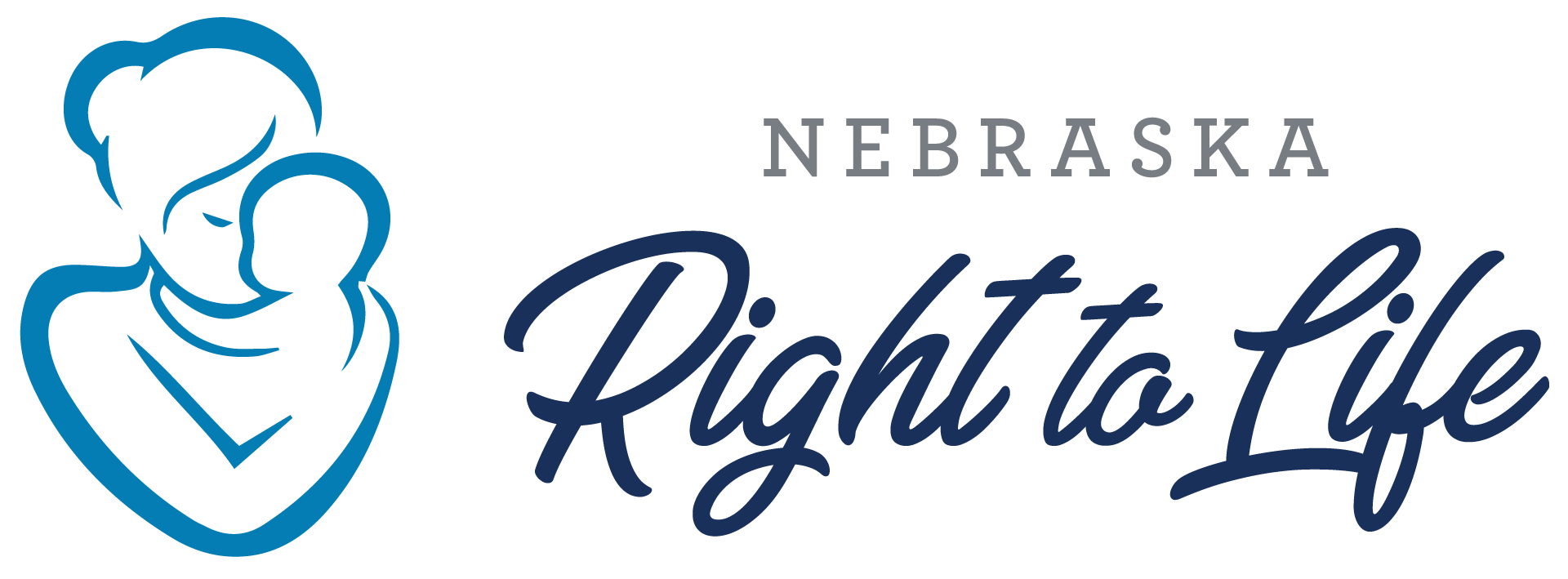2022 Statistical Report of Abortions
METHODS OF ABORTION:
Early abortions are performed by suctioning or cutting the unborn child away from the uterine wall. The two most common second and third trimester abortions 1) utilizes an instrument with sharp metal jaws to grasp parts of the child’s body, tear it away from the remainder of the body and remove it. The unborn child’s skull must be crushed before removal. 2) guided by ultrasound, the abortionist grabs the baby’s leg with forceps. The baby’s legs are pulled out into the birth canal. The baby is then delivered except for the head. Scissors are jammed into the baby’s skull. The scissors are then opened to enlarge the hole. A suction tube is inserted and the baby’s brains are sucked out. The dead baby is then removed. Other late term abortions involve injection of one substance to kill the child and another to induce labor.
WHAT THE LAW SAYS:
U.S. Supreme Court: On January 22, 1973, in two separate decisions (Roe vs. Wade, Doe vs. Bolton), the U.S. Supreme Court ruled that abortion would be legal in all 50 states according to the following guidelines:
First Trimester: The abortion decision is left entirely to the woman and her physician.
Second Trimester: A state may enact laws in ways related only to the woman’s health.
Third Trimester: Abortions may be prohibited after “viability” unless the mother’s health or life would be affected. The key issue of this is that the court went on to define “health” in Doe vs. Bolton to mean, “…the medical judgment may be exercised in light of all factors – physical, emotional, psychological, familial, and the woman’s age – relevant to the well-being of the patient.”
U.S. Senate Judiciary Committee: Following exhaustive research, the U.S. Senate Judiciary Committee concluded the following in a report dated June 7, 1983: “Thus, no significant barriers of any kind whatsoever exist today in the United States for a woman to obtain an abortion for any reason during any stage of her pregnancy.”
Nebraska Right to Life and its affiliate chapters believe in the respect for life from fertilization until natural death. As such, we oppose abortion, except in the cases to save the life of the mother. Therapeutic abortions, those abortions done to save the life of the mother, are almost nonexistent in today’s medical climate. If the mother’s life were threatened, a conscientious physician would try to save both mother and baby. In the rare case where such a decision is needed, the problem would be that of balancing one human life against another.
